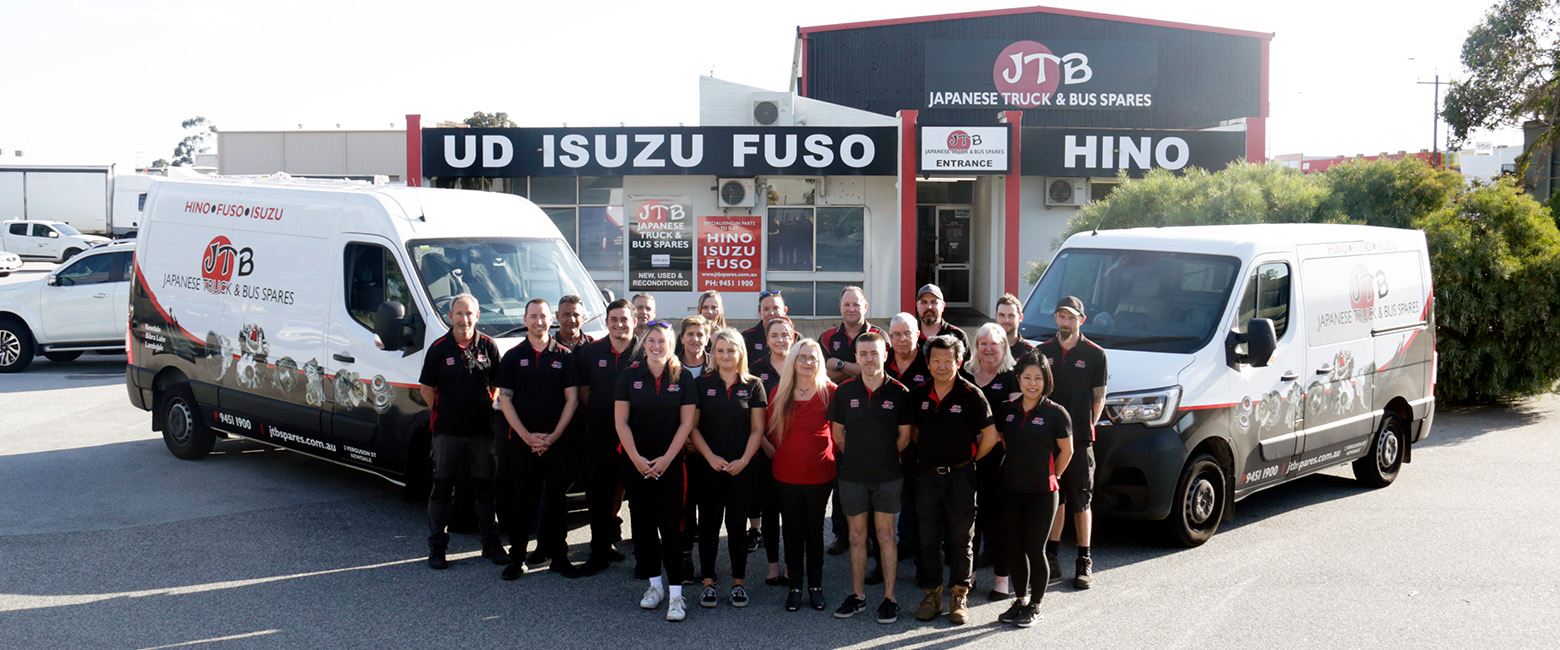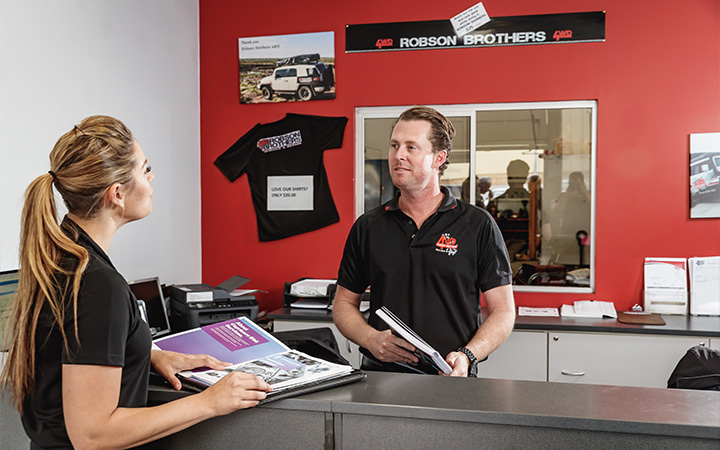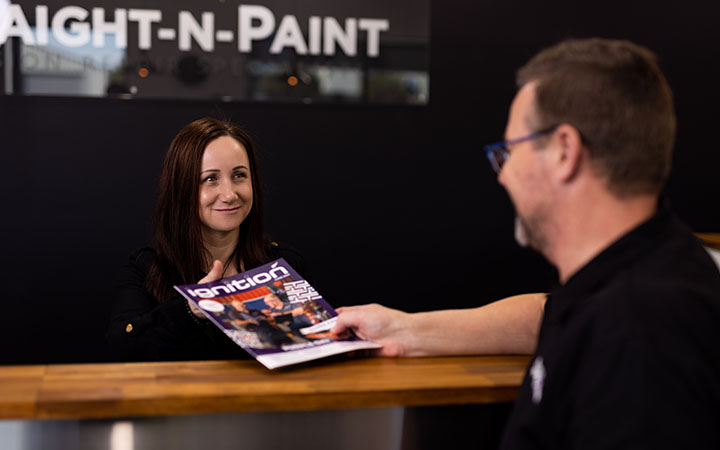In the nearly three years since the pandemic first began disrupting automotive manufacturing and its supply chains, it has become a common experience for many businesses operating in the automotive aftermarket, not just in Australia but around the world.
When Capricorn asked Members to list the biggest challenges they face in running an auto business, in our most recent State of the Nation survey, shortages of parts was the fourth most common answer, with more than three in 10 respondents saying it was a major issue. It’s a growing concern, with 38 per cent of Members saying they were worried about the impact of parts shortages on the industry in 2022, compared to 28 per cent in the same survey 12 months earlier. For the first time, the survey also asked about increased prices for spare parts. It debuted in the top 10 of the challenges Members said they face, coming in in sixth place, with 27 per cent.
The global automotive industry has been caught in a perfect storm the past few years and the Australian and New Zealand aftermarket is really being buffeted along with it. When Covid-19 hit in early 2020, almost all car manufacturers and the suppliers that manufacture parts for them were affected. Some car and parts factories shut down. Others switched to making medical supplies. The supply chain began to creak. The now-infamous global shortage of semiconductors saw production stall and waiting lists for new vehicles blow out, often to more than a year. Soon, everything from seating foam to plastics to glass was in short supply. Automakers were already struggling with shortages of wiring and wiring harnesses when Russia’s war in Ukraine crippled the supply of electrical wiring and other products, and took many of Ukraine’s almost 40 car parts factories out of production.
In recent months, as automotive factories elsewhere in the world got back up to something near the level of pre-pandemic production, the supply chain that gets spare parts into the workshops of Capricorn Members across Australia and New Zealand was hit again. A shortage of the shipping containers used to transport parts, a massive hike in fuel costs, and the value of the Australian dollar have all made shipping costs more expensive. There are long delays in shipping parts, especially from Europe.
We asked Capricorn Member and Preferred Supplier Roy Clarke, General Manager of Perth-based Japanese Truck and Bus Spares, for his assessment of the current situation with spare parts, and for his advice to Members on how best to handle shortages.
“Certainly, some product is hard to come by,” he said. “For us, we’re a totally independent business, so we’ve got quite a bit of flexibility in how we go about supporting our customers and supplying parts. We’re a bit of a procurement business as well, I suppose; it’s not always supplying a part from straight off the shelf for us.
“But stock in general has been very slow coming in from overseas for the last 18 months to two years. Getting a seat on a boat from overseas has been the biggest issue. They’re hard to get and that’s causing long lead times and delays. There have been significant increases in freight costs, so that has been challenging, for sure.”
According to one report, from online auto site Drive, the hiring cost of sea containers for parts is up tenfold. Roy said he has seen road freight bills double. The effect on the cost of the spare parts? There’s no hard and fast rule — it depends on the part, where it’s coming from, supply and demand issues, and much else — but it could be anywhere from 10 to 20 per cent.
In his parts supply business, how has Roy tackled the challenges the market conditions have thrown his way?
“We picked up on the issues fairly early and backed ourselves in,” he said. “We blew out our stock holding by probably 30 or 40 per cent. Then we could have confidence we would be able to support the market. We knew that, worst-case scenario, we could slow up the ordering process if things started to slow down, but it certainly hasn’t.”
Roy has the luxury of not being tied to specific OEMs and suppliers. He’s able to shop about, including going to other wholesalers and trucks parts businesses to source product for his customers.
“We’ll even buy something from our opposition, put a skinny margin on it, and push it out the door, just to make sure our customers are back on the road as quickly as possible,” he said.
There are lessons to be learned from Roy’s approach to the challenges the spare parts shortage is causing our industry. Some of them are tactical. Others relate to good, old-fashioned customer service.
1. Try to make even a negative experience feel positive for your customer
“I’m trying to offer an uncompromised, personalised service,” Roy said. “I think having a clear understanding of the customer’s expectations and exactly what they need, and how urgent it is for them, and being flexible — and having flexibility in your business to be able to meet those expectations — are important.”
2. It’s always better to under-promise and over-deliver
“As long as your under-promising meets the customer’s expectations to begin with, I think under-promising and over-delivering are useful,” Roy said.
“So, if you tell someone it’s going to be two days freight and you get it there in a day, then great. Again, you need that clear understanding of the customer’s expectations and their needs. The aim is to beat those expectations.”
3. Keep the customer informed through good communication
“Keep the customer appraised of the reality,” Roy said. “Again, you set expectations through the communication, but then you try to beat those expectations.
“Understanding the customer’s requirements is key to building a relationship with them in this business.”
4. Don’t be afraid to shop around to different suppliers to get what you need at the right price
“We find that if one of our suppliers has a significant price increase on a part, then we’ve got half a dozen more suppliers up our sleeve that we can go to and find the same part (for less),” Roy said.
5. Plan ahead and carry a few extra spare parts
Just as Roy beefed up his stockroom when the spare parts shortages became clear, he recommended Members do the same, to act as a buffer against delays, freight issues and the vagaries of supply and demand economics.
“Forward planning your jobs as best you can also provides a little insurance against those kinds of issues,” Roy said. “It’s not always possible, but do it where you can."
Roy said he believes supply chain issues and spare parts shortages will be with us for “the next little while”.
“Stock seems to be flowing through more efficiently and fuel rates are improving, but there are still intermittent delays — whether that’s coming through off the wharf or getting a spot on a boat or issues getting a container or problems with road freight,” he said. “So, forward planning as best you can will help take the pressure off all parties if anything does go wrong getting the parts you need.”


